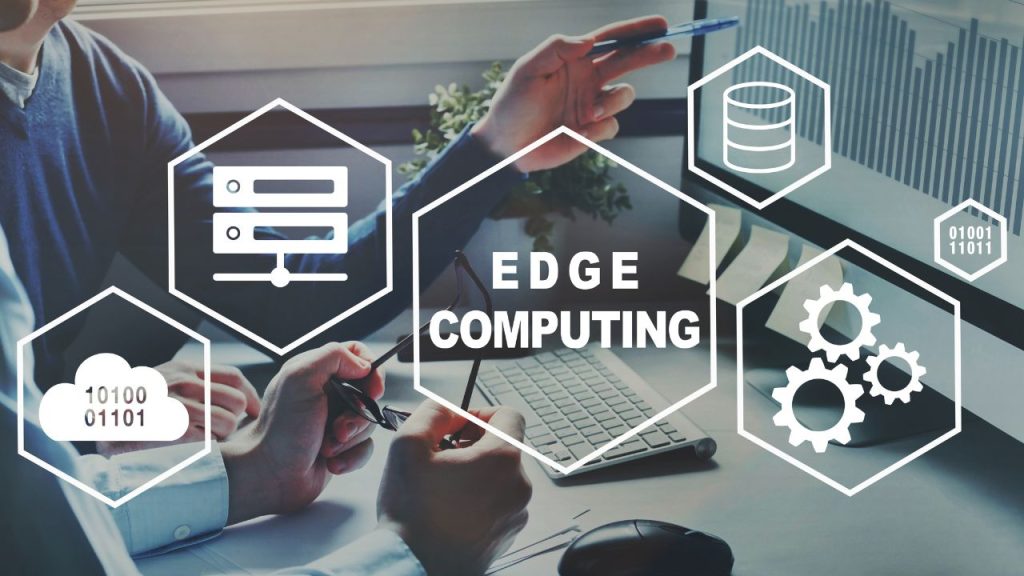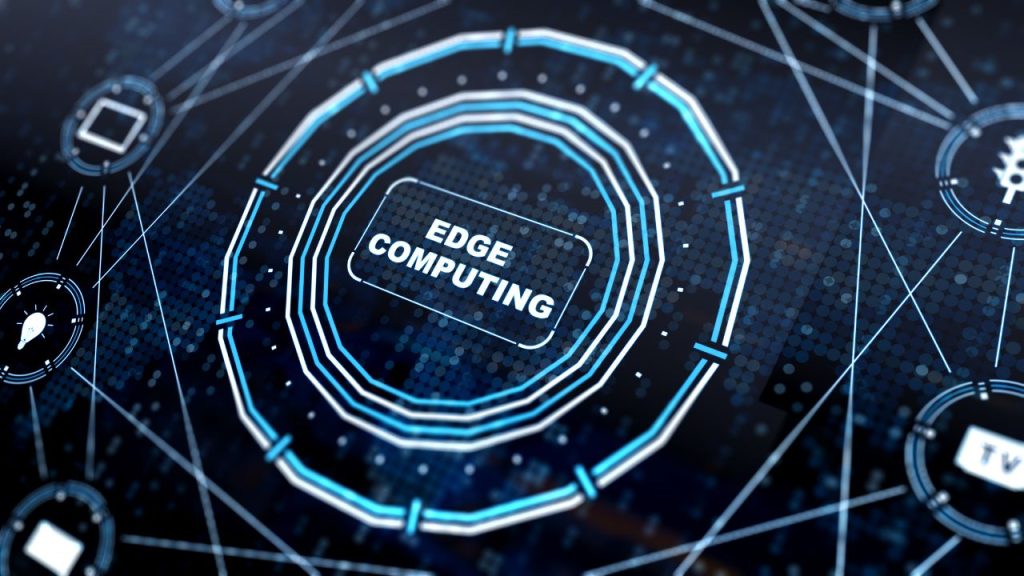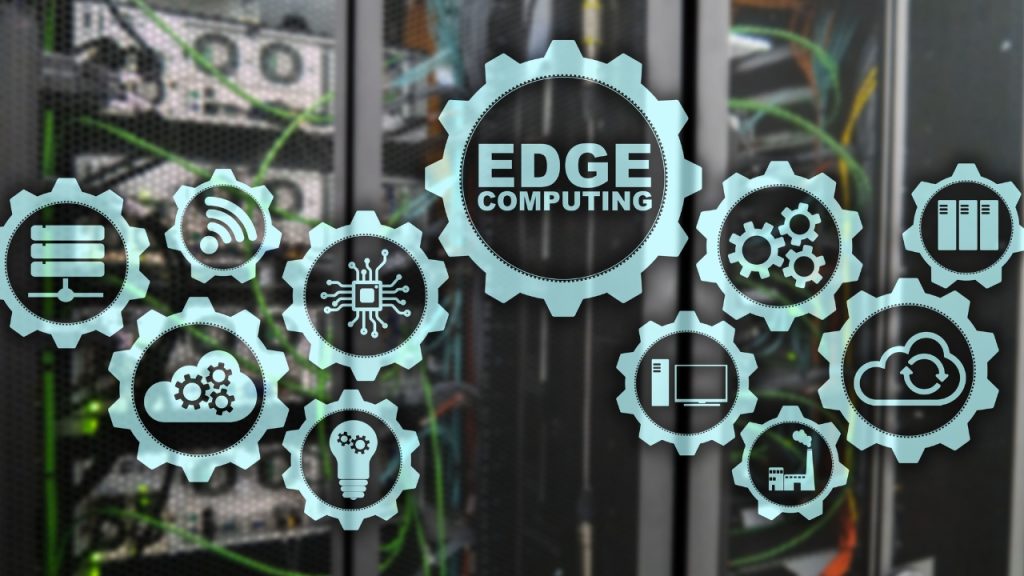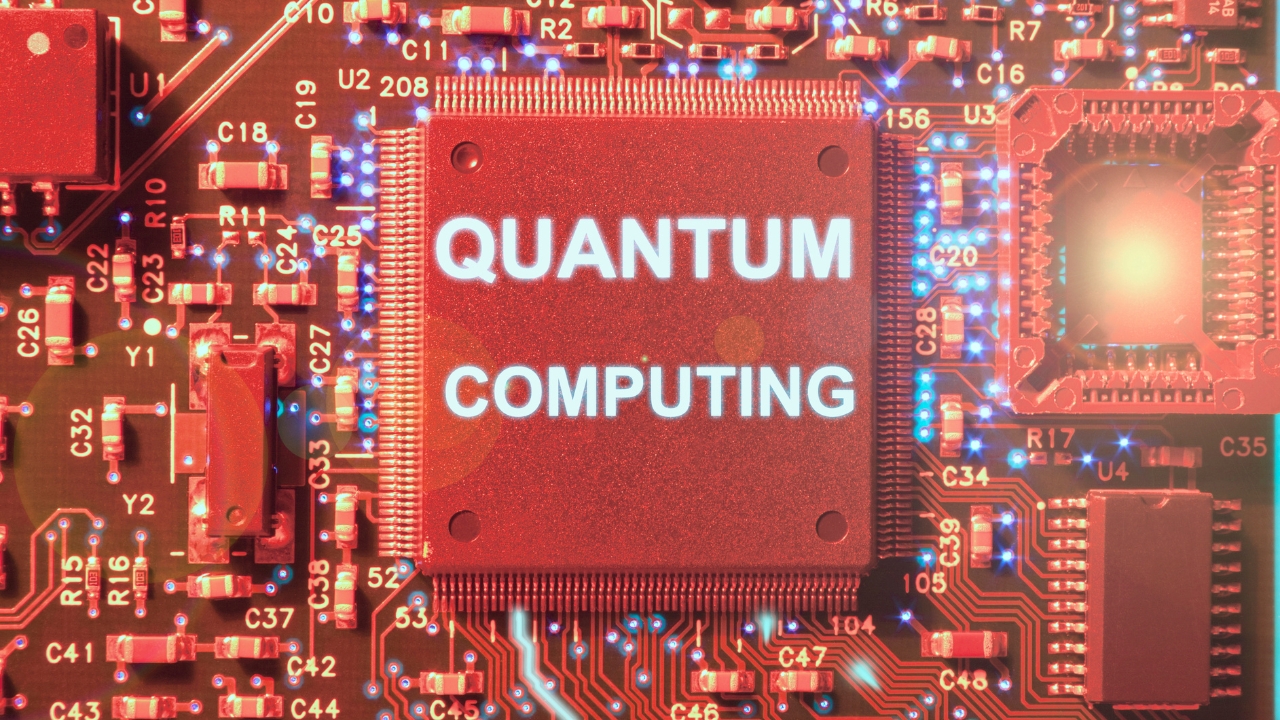In the era of instant connectivity and data-driven decision-making, the advent of edge computing has emerged as a transformative force for businesses across various industries. Gone are the days when all data had to be funnelled to a centralised cloud infrastructure. Edge computing is changing the game by bringing computation and data storage closer to the source, resulting in faster processing, reduced latency, and an array of compelling business advantages.
Understanding Edge Computing: Redefining Data Processing

Edge computing represents a paradigm shift in the way data is handled. Unlike traditional cloud computing, which involves transmitting data to distant data centres for processing, edge computing involves processing data at or near the data source. This could be a manufacturing plant, a retail store, a vehicle, or any other endpoint with sensors and devices generating data in real-time.
Reduced Latency, Enhanced Performance: Why It Matters
One of the most significant benefits of edge computing is its ability to significantly reduce latency. In applications where real-time processing is crucial, such as autonomous vehicles, industrial automation, and remote monitoring, the delay caused by sending data to distant servers can be detrimental. Edge computing ensures that critical decisions are made on the spot, leading to improved operational efficiency, better user experiences, and even life-saving outcomes.
Business Advantages Unleashed: Scalability and Cost Efficiency
Edge computing isn’t just about speed – it’s also about scalability and cost efficiency. By distributing computing resources across various edge devices, businesses can reduce the strain on centralised cloud resources and enhance the overall system’s scalability. This approach can lead to cost savings by optimising resource allocation and reducing the need for extensive network bandwidth.
Industry Transformations and Use Cases
The impact of edge computing spans across multiple sectors. In healthcare, wearable devices can process patient data locally, ensuring prompt medical interventions. Manufacturing plants can implement real-time analytics for quality control and predictive maintenance. Retail outlets can personalise in-store experiences through instant data analysis. Smart cities can manage traffic flow and public services seamlessly. The possibilities are as diverse as they are promising.
Challenges to Address: Security and Management
As businesses embrace edge computing, new challenges emerge. Security is a key concern, as distributing processing power across various devices increases the attack surface. Ensuring robust security protocols and encryption methods is paramount. Additionally, managing a decentralised network of edge devices requires advanced management tools to monitor, update, and troubleshoot effectively.
The Future Beckons: Embracing Edge Computing

Edge computing is more than a technological trend; it’s a strategic enabler for businesses aiming to thrive in a fast-paced, data-driven world. As the Internet of Things (IoT) ecosystem expands and demands for real-time processing intensify, embracing edge computing becomes not only a competitive advantage but a necessity. Businesses that harness its potential will be better positioned to deliver unparalleled customer experiences, optimise operations, and unlock new avenues of innovation.
The rise of edge computing marks a pivotal moment in the evolution of technology. Its ability to bring computation closer to the data source promises transformative advantages across industries. As businesses explore the possibilities and overcome challenges, the edge computing revolution is set to redefine how we process, analyse, and leverage data, driving innovation and reshaping the business landscape for years to come.





